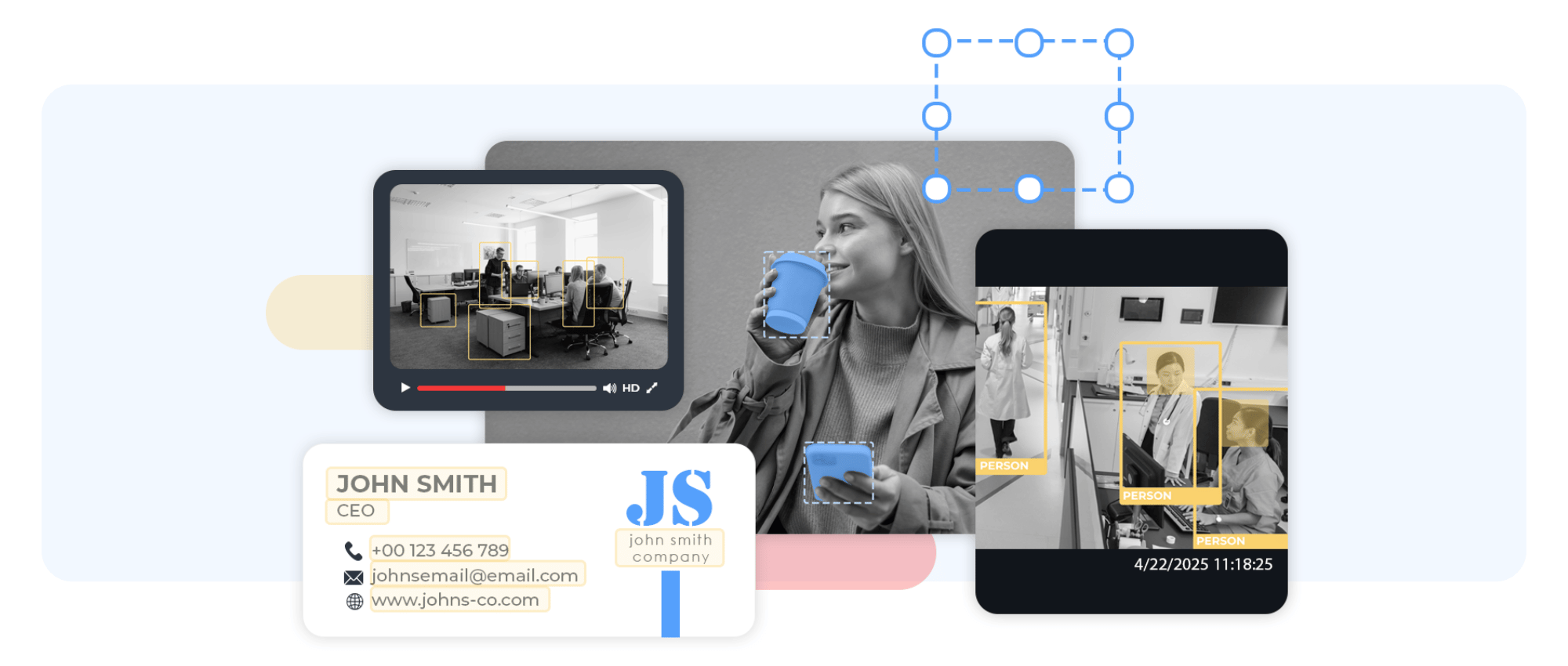Work from Home has been successfully implemented around the world with outcomes ranging from lower office costs to happier, more productive staff.
Working from home and productivity
It has been proven to help increase brand affinity and scalability, and it’s also a great way to access a larger pool of specialist profiles for better multilingual coverage. It seems to be a straightforward enough model. But is there a way to guarantee better than average results? We think there is.
How to get the most out of the virtual work model?
Like with most things, developing and implementing a Work from Home scheme becomes much easier if you follow a few easy steps.
1. Establish a company policy
In order to reap all the advantages of the Work from Home model, companies need to test and develop processes and policies regulating remote work. From recruitment to technical specs, QA monitoring, risk management, and social support, home working raises questions that require swift answers.
2. Understand employment laws
Whether looking for international agents to cover seasonal spikes or unusual language combinations, understanding employment laws saves a lot of hassle down the line. Different legislations concerning holidays, sick pay, taxes, and health insurance can dictate the course of the collaboration.
3. Choose the Right People
Profiling is key when recruiting for Work from Home positions. The process is highly tailored, in order to gain better access to industry experts. Agents are thus chosen to be responsible and self-disciplined. They are highly proficient, knowledgeable, and passionate, and can make the perfect Brand Ambassadors.
4. Manage connectivity and risk
Accessibility and data security are the two main concerns of working remotely. A secure internet connection, cloud-based tools, a clear set of quality and productivity policies, as well as a sound business continuity plan are paramount to smooth, safe service delivery.
5. Ensure Support Visibility
Work from Home agents needs to receive the same coaching and support as on-site teams. E-learning tools aligned to on-site training schemes, as well as frequent communication between virtual agents, managers, and in-house staff, create a ‘water-cooler effect’ that improves efficiency and team spirit.
Creating a successful Work from Home program takes dedication, care, creativity, and trust. If done well, however, the rewards are undeniable – deeper service personalization, quick ramp-up capabilities, and a better fit for multilingual and multicultural talent.















